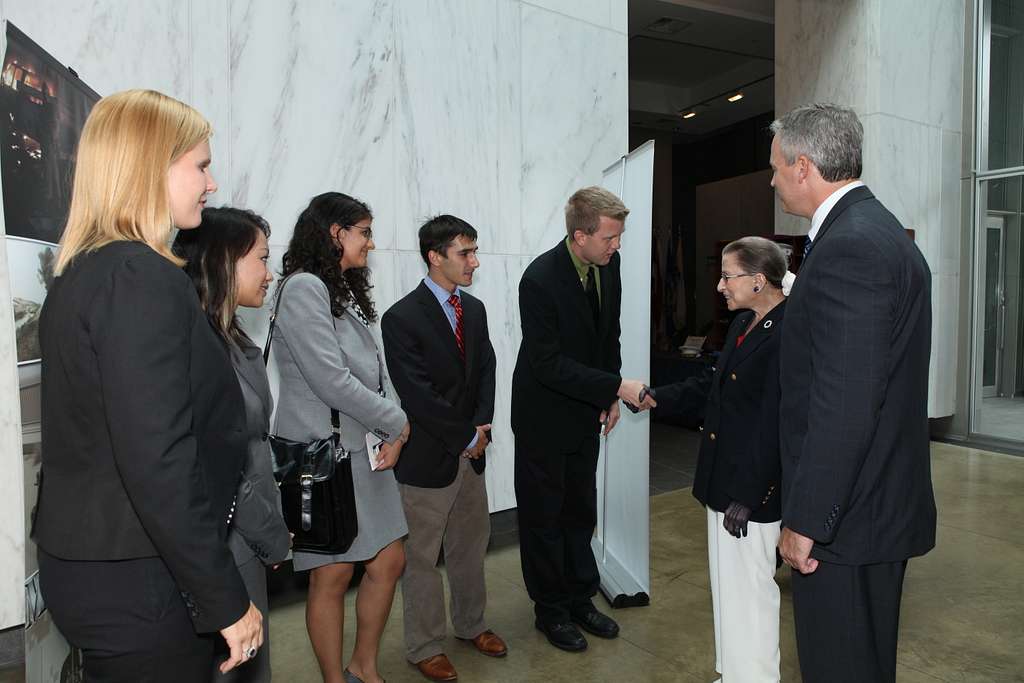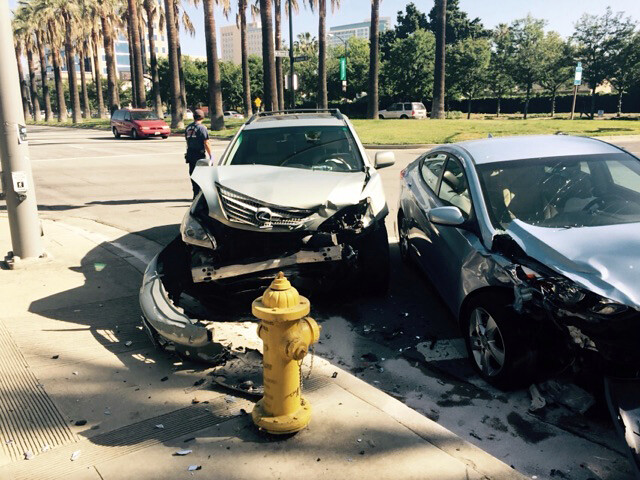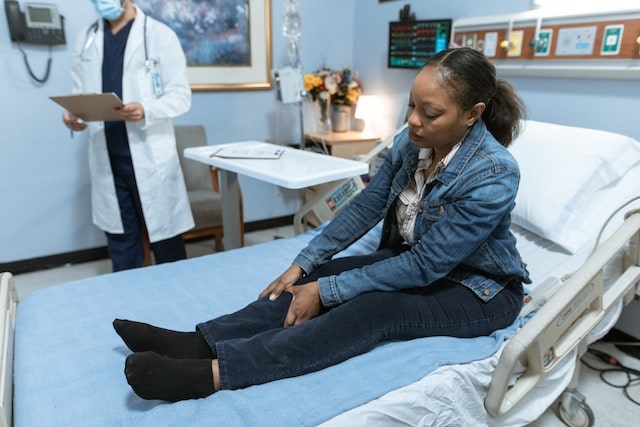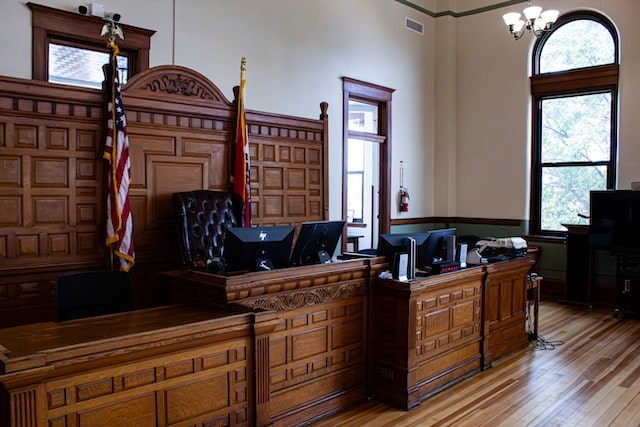SUPREME COURT OF THE STATE OF NEW YORK
APPELLATE TERM: 2nd, 11th and 13th JUDICIAL DISTRICTS
PRESENT: : RIOS, J.P., PESCE and STEINHARDT, JJ
2008-2041 Q C.
Opinion withdrawn from publication in the Miscellaneous Reports at the direction of the court.
I think Gottlieb at NFP captured this case before it was assassinated.
In short, the Appellate Term proposed framed issue hearings on whether a signature was stamped, faxed or affixed in a non-holographic manner, in order to resolve this issue when raised in a summary judgment motion. I suspect someone at OCA or some of the administrative judges placed a few phone calls to the panel of Justices on this case, and now this proposed remedy is void ab initio. In my opinion, the holding of a framed issue hearing is not the worst the idea in the world. Why don’t they have a designated JHO part, like they have in Supreme Kings for these types of hearings?
As the law stands, based upon the last published pronouncement of the Appellate Term, the objector must present some evidence to show that the affixed signature is stamped in order to defeat a motion on this ground.
_____________________________________________________________________________________________________
FURTHER RESEARCH REVEALS THAT THIS CASE HAS NOT BEEN REMOVED FROM WESTLAW (YET). Here it is:
Amercure Acupuncture, P.C. v. Geico Ins. Co., 2010 N.Y. Slip Op. 20098 March 16, 2010 (Approx. 1 page)
This opinion is uncorrected and subject to revision before publication in the printed Miscellaneous Reports.
Amercure Acupuncture, P.C. as assignee of WILLIAMS STACEONA, Respondent,
v.
GEICO Ins. Co., Appellant.
2008-2041 Q C.Supreme Court of the State of New York Appellate Term: 2nd, 11th And 13th Judicial Districts
Decided on March 16, 2010
PRESENT: : RIOS, J.P., PESCE and STEINHARDT, JJ
Appeal from an order of the Civil Court of the City of New York, Queens County (Diane A. Lebedeff, J.), entered October 3, 2008, deemed from a judgment of the same court entered November 5, 2008 (see CPLR 5501 [c]). The judgment, entered pursuant to the October 3, 2008 order granting plaintiff’s motion for summary judgment and denying defendant’s cross motion for summary judgment dismissing the complaint, awarded plaintiff the principal sum of $475.20.
OPINION OF THE COURT
ORDERED that the judgment is reversed without costs, the order entered October 3, 2008 is vacated, the branches of plaintiff’s motion seeking summary
judgment upon the first, second and third causes of action are denied, the branches of defendant’s cross motion seeking summary judgment dismissing plaintiff’s first, second
and third causes of action are granted and the matter is remitted to the Civil Court for a hearing in accordance herewith and a new determination thereafter upon the branch of the motion and the branch of the cross motion, each seeking summary judgment upon the fourth cause of action.
In this action by a provider to recover assigned first-party no-fault benefits, plaintiff moved for summary judgment. Defendant cross-moved for summary judgment dismissing the complaint on the ground that, with respect to the acupuncture services at issue in the first, second and third causes of action, it had timely paid plaintiff the amount to which plaintiff was entitled for such acupuncture services pursuant to the fee schedule applicable to chiropractors who render the same services, and that it had timely denied the amounts sought in excess of the fee schedule for the services included in these causes of action. Defendant further sought summary judgment dismissing plaintiff’s fourth cause of action on the ground of lack of medical necessity. The Civil Court granted plaintiff’s motion for summary judgment, determining that defendant had failed to establish that it had timely denied plaintiff’s claims. Defendant appealed from the order granting plaintiff’s motion for summary judgment and denying its cross motion for summary judgment dismissing the complaint. The appeal is deemed to be from the judgment which was subsequently entered (
see CPLR 5501 [c]).
In opposition to plaintiff’s motion and in support of the cross motion, defendant established that it had timely mailed its denial of claim forms, by submitting an affidavit of an employee with knowledge of defendant’s standard office practices or procedures designed to ensure that the items were properly addressed and mailed (
see e.g. St. Vincent’s Hosp. of Richmond v Government Empls. Ins. Co., 50 AD3d 1123 [2008]; Residential Holding Corp. v Scottsdale Ins. Co., 286 AD2d 679 [2001]; Delta Diagnostic Radiology, P.C. v Chubb Group of Ins., 17 Misc 3d 16 [App Term, 2d & 11th Jud Dists 2007]). As defendant further demonstrated that it had timely paid the acupuncture claims at issue in the first, second and third causes of action in accordance with the fee schedule applicable to chiropractors who render the same services, defendant is entitled to summary judgment dismissing those causes of action (
Great Wall Acupuncture, P.C. v Geico Ins. Co., 26 Misc 3d 23 [App Term, 2d, 11th & 13th Jud Dists 2009]).
In opposition to the branch of plaintiff’s motion seeking summary judgment upon the fourth cause of action and in support of the branch of its cross motion seeking summary judgment upon that cause of action, defendant submitted an “affirmed” report by its
doctor who had performed an independent medical examination (IME) of plaintiff’s assignor, to establish that the acupuncture services rendered thereafter by plaintiff were not medically necessary. However, plaintiff alleged, before the Civil Court and on appeal, that the IME
doctor’s “affirmed” report is not admissible because it impermissibly bears a
stamped facsimile of the
doctor’s signature. We recognize that such an allegation, when properly asserted, ordinarily raises an issue of fact that cannot be resolved solely by an examination of the papers submitted on a motion for summary judgment (
see Seoulbank, NY Agency v D & J Export & Import Corp., 270 AD2d 193 [2000]; Dyckman v Barrett, 187 AD2d 553 [1992]; Mani Med., P.C. v Eveready Ins. Co., 25 Misc 3d 132[
A], 2008 NY Slip Op 52697[U] [App Term, 2d & 11th Jud Dists 2008];
see also James v Albank, 307 AD2d 1024 [2003]). While the branch of plaintiff’s motion and the branch of defendant’s cross motion, each seeking summary judgment on the fourth cause of action, could simply be denied due to the existence of such issue of fact, we are of the opinion, under the circumstances presented, that the better practice would be for the Civil Court to hold a hearing pursuant to
CPLR 2218 on the limited issue of the validity of the
signature upon defendant’s
doctor’s “affirmed” IME report. Such hearing will allow the court to determine whether the report was in admissible form (
see also Uniform Rules for Civ Ct [
22 NYCRR] § 208.11 [b] [4]) and, thus, enable the court to resolve the remaining branch of the motion and the remaining branch of the cross motion on their merits.
Accordingly, the judgment is reversed, the order entered October 3, 2008 is vacated, the branches of plaintiff’s motion seeking summary judgment upon the first, second and third causes of action are denied, the branches of defendant’s cross motion seeking summary judgment dismissing plaintiff’s first, second and third causes of action are granted, and the matter is
*3 remitted to the Civil Court for a framed issue hearing (
see CPLR 2218) to determine the admissibility of the IME report and for a new
determination thereafter of the branch of the motion and the branch of the cross motion, each seeking summary judgment upon the fourth cause of action.
Rios, J.P., Pesce and Steinhardt, JJ., concur.












